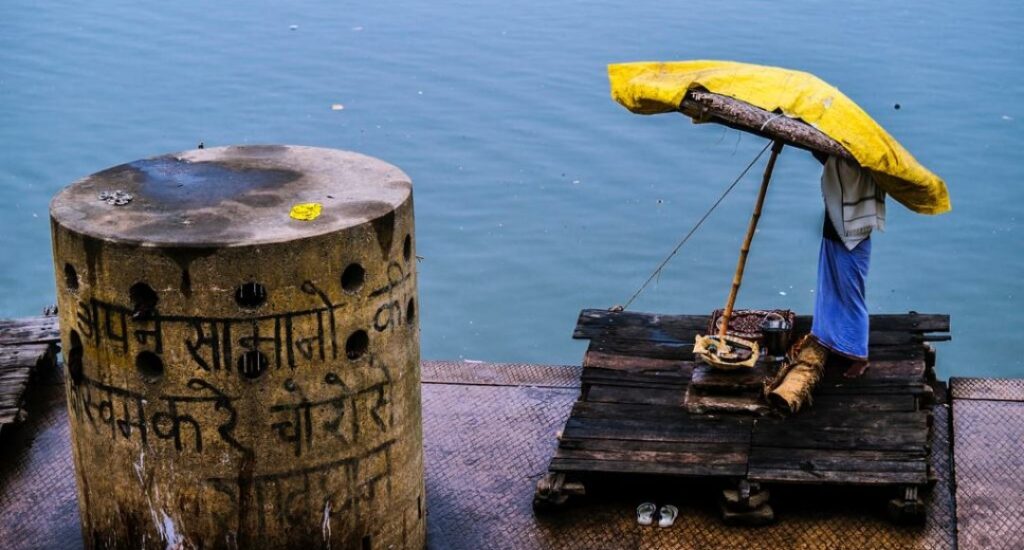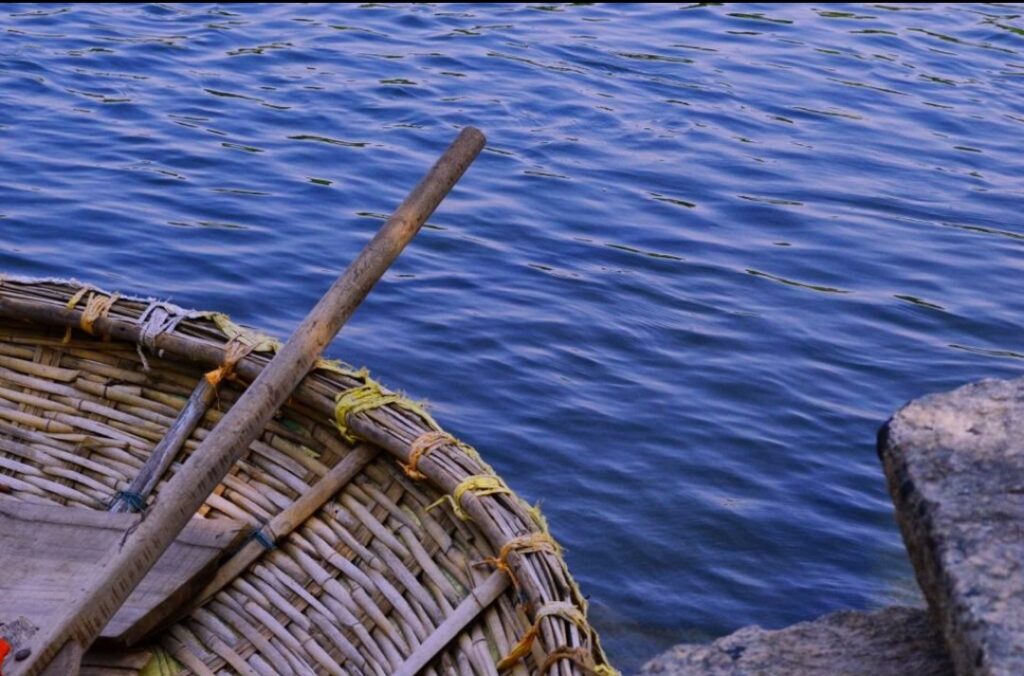The uneven monsoon and over-exploitation of groundwater are leading India towards one of the worst crisis ever. However, in 2018, NITI Aayog- a Government think tank mentioned in its report on Composite Water Management Index (CWMI), that 21 major Indian cities will run out of groundwater affecting the lives of around 100 million of population. It was no surprise, that Chennai was one of them and on June 19, 2019, it was declared as ‘Day Zero’ when the city went out of the water supply.
It should be no surprise as UNESCO in its World Water Development Report state India as one of the largest extractor of groundwater in the world. Groundwater is one of the important water sources in our country as around 65 per cent of all irrigation water comes from the ground while 80 per cent of the rural and urban domestic water supplies. It is an alarming situation as the water crisis is looming over India, after Chennai, Delhi being second on that list with cities like Hyderabad and Bangalore following it.

The water crisis has not only hit the metros of the country but even in Maharashtra, Marathawada region that has been declared as a drought-hit region in 2018 continues to face water crisis with population dependent of tankers for drinking water. This water scarcity situation is extremely alarming and will eventually hit the entire country.
The minimum support price on water-intensive crops such as sugar cane and rice did assure a fixed income for farmers but has also played an important role in the exploitation of groundwater. This has given rise in unsustainable practices in agriculture and became one of the important reasons for groundwater depletion is different parts of the country.
India being an agrarian economy is dependent on water for agriculture as around 63 per cent of groundwater is drawn for agriculture purpose, it is extremely necessary to adopt effective measures to conserve water.
However, to address the challenges, under the second tenure of Modi Government, a unified ministry Jal- Shakti has formed by merging the Ministry of Water Resources, River Development and Ganga Rejuvenation and Ministry of Drinking Water and Sanitation. This ministry is started to provide clean drinking water and fight India’s water woes. In July 2019, Jal Shakti Abhiyan was also launched to work on water conservation and water security.

However, the current situation is extremely alarming and a lot needs to be done from various stakeholders to take necessary actions. It is also important to educate farmers about the usage of drip irrigation and promote it as a sustainable practice of agriculture. It is also important to conduct researches about the groundwater levels and accordingly suggests the crop pattern in those areas. The region going out of groundwater should not be encouraged to grow water-intensive crops but provided with alternatives.
The change will not happen only with the administration taking necessary action but also with each of the individuals opting a sustainable lifestyle. It is the responsibility of each one to work for recharging groundwater. There is water meter available in the market that helps us to keep a check on the usage of water. Housing societies should introduce smart water meter to monitor the usage of water while also have rainwater harvesting to increase the groundwater recharge.The change starts with you, so the next time when you use water, do not consider it as an unlimited resource but precious resources that need to be used sincerely.
Written By Anvita Srivastva


It’s alarming situation now… let’s start utilising this precious resource optimally right from the base household level